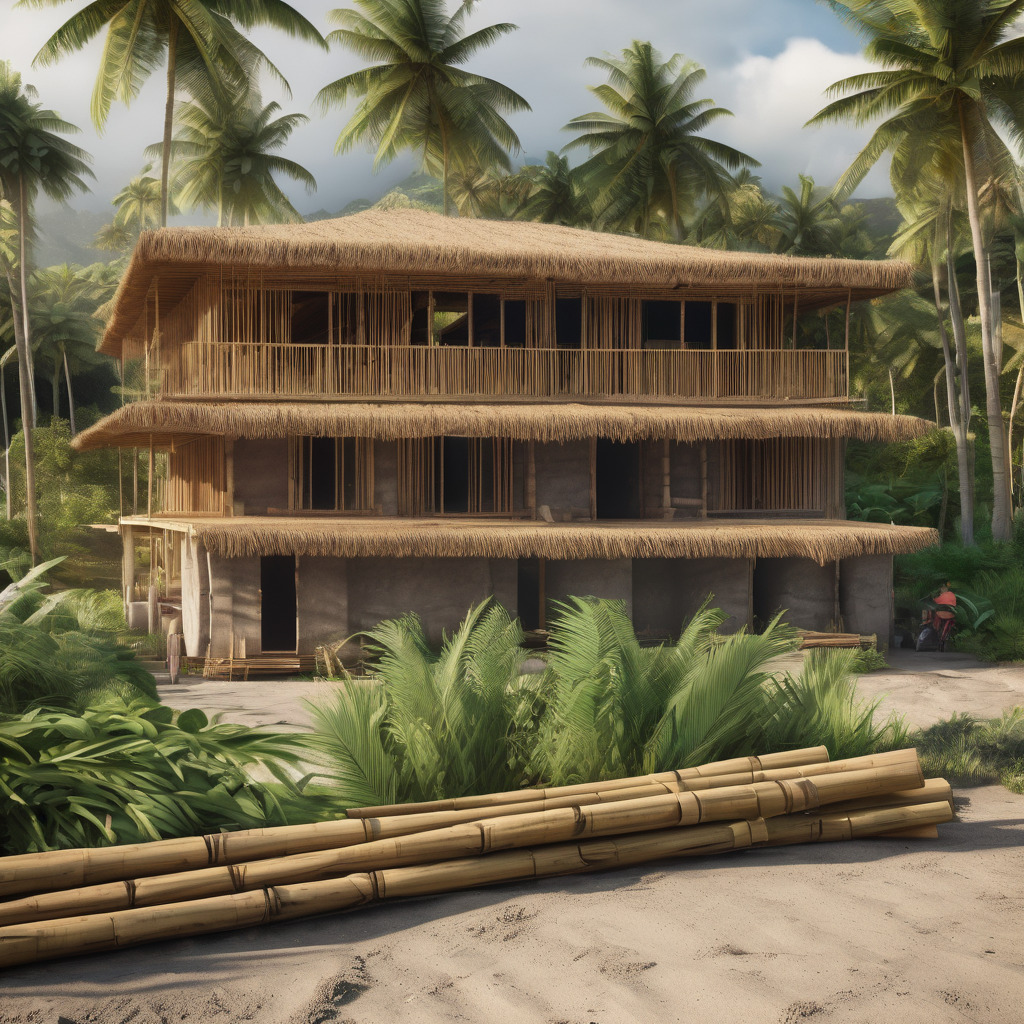Concrete may withstand fires, but Fiji is grappling with significant challenges in its construction practices. During the Architecture Conference held in Nadi, experts highlighted that the nation often imports building materials without possessing the necessary knowledge to utilize them effectively. Adish Naidu, President of the Fiji Architects Association, emphasized the importance of focusing on sustainable, locally accessible materials including timber and water.
Naidu pointed out that Fiji’s geographical isolation leads to higher costs for imported materials, creating a significant burden. He noted that while the country has ample supplies of essential resources like sand, gravel, and timber, there is a pressing need to prioritize local solutions. “Affordability in low-cost housing should not be limited to cheaper imports,” he urged, stressing that designs should cater to a growing population’s needs amidst the constraints of limited land availability.
He encouraged architects to draw inspiration from nature, drawing parallels with animals that instinctively utilize plants for their healing properties. Naidu’s call for creative thinking aligns with a broader message from Fiji’s Deputy Prime Minister and Tourism Minister, Viliame Gavoka, who noted that architecture and construction extend beyond technical aspects. Every material choice and design decision has implications for community wellbeing, environmental protection, and national development.
Gavoka urged young professionals to embed sustainability, resilience, and inclusivity into their projects, underscoring that the ongoing challenges posed by climate change warrant innovative approaches. He announced the Fiji National Sustainable Tourism Framework for 2024-2034, aiming to enhance the visitor economy, foster thriving communities, and protect cultural heritage through sustainable practices.
As Fiji faces the realities of natural disasters, such as cyclones and rising sea levels, both Naidu and Gavoka emphasized that robust, resilient structures are crucial for safeguarding lives and fostering long-term prosperity. The conference served as a platform for experts and stakeholders to unite in discussions on sustainable development, with an optimistic outlook for Fiji’s architectural landscape and community resilience.
Fiji’s commitment to harnessing local resources and prioritizing sustainable practices presents a hopeful future for its construction sector. By focusing on collaboration and innovative design, the nation is setting a pathway toward a resilient, environmentally conscious built environment that can adapt to the challenges posed by a changing climate.
